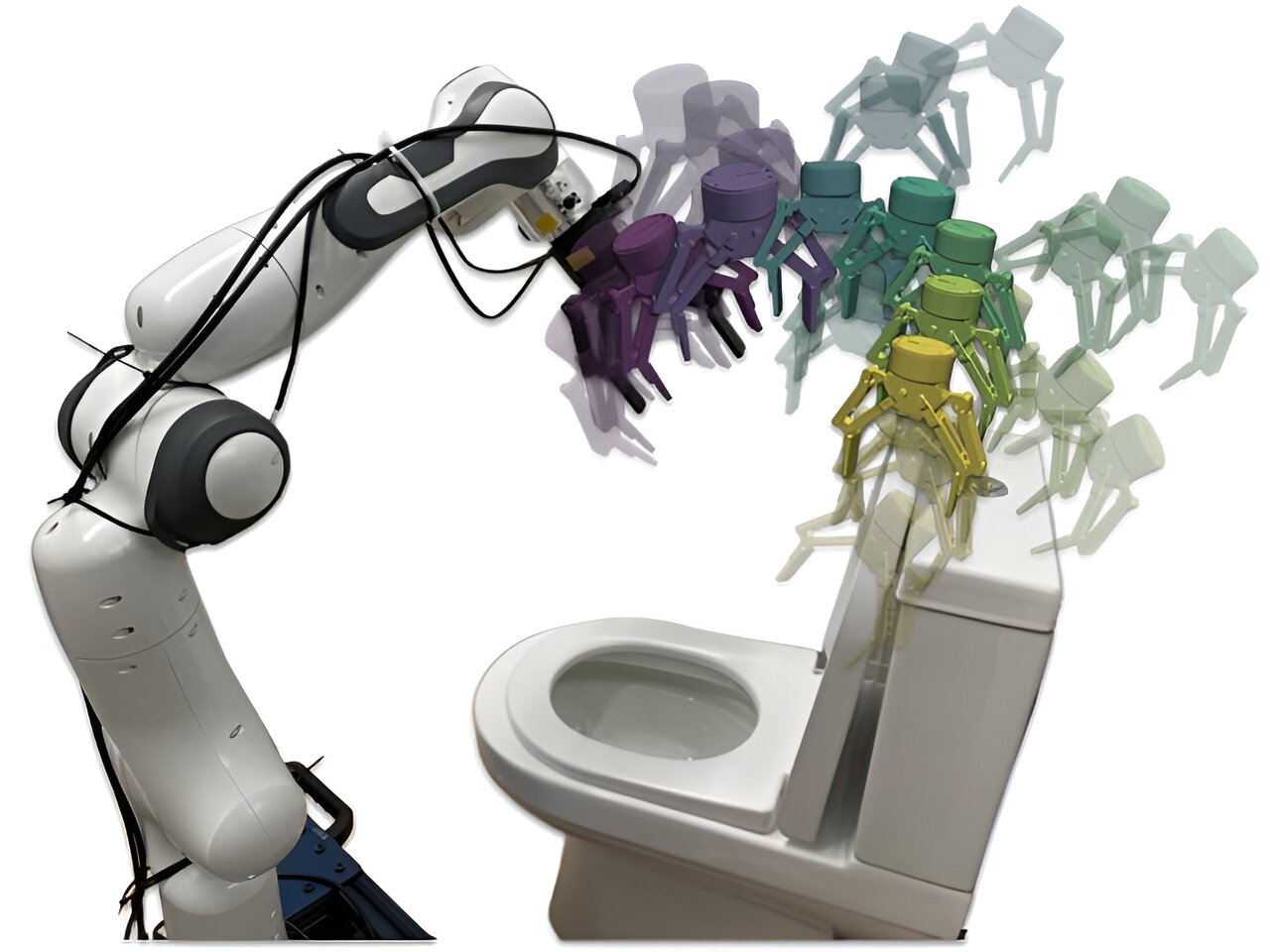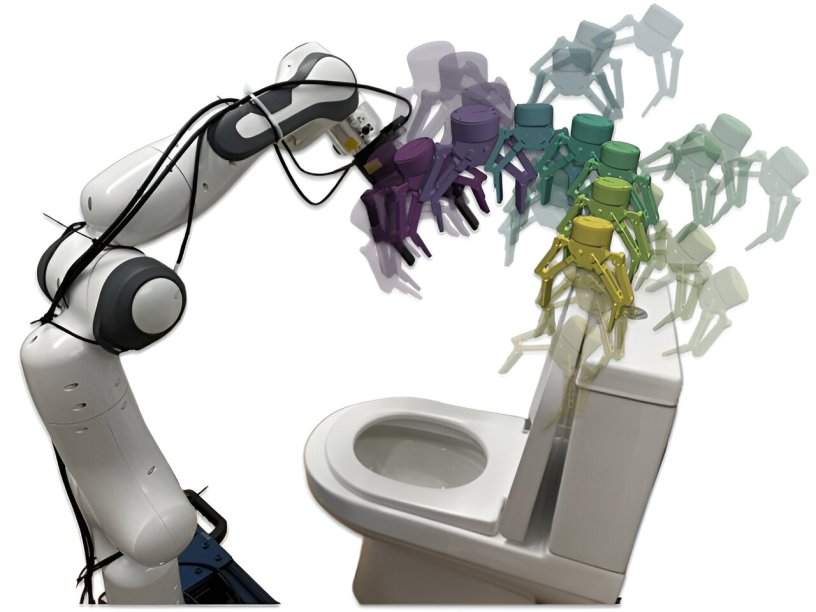
Reference: Visit website
In The News:
• “Tech Giants Unite to Develop AI-Powered Robots for Healthcare” (The Times, UK)
• “Researchers Discover Simpler Method to Teach Robots New Skills” (Nature, International)
• “Japanese Tech Firm Develops Robots that Can Learn from Human Interaction” (The Japan Times)
• “Advancements in Deep Learning Enable Robots to Master Complex Tasks” (The Guardian, UK)
• “University of Edinburgh Researchers Create Robots with Improved Emotional Intelligence” (Edinburgh Evening News)
• “Scientists Harness Power of Crowdsourcing to Teach Robots Language Skills” (Scientific American) These news headlines showcase the rapid progress being made in the fields of artificial intelligence and robotics, highlighting breakthroughs in areas such as healthcare, “education.”.. and language processing.
This article has been reviewed according to Science X’s editorial process and policies . Editors have highlighted the following attributes while ensuring the content’s credibility:
While roboticists have introduced increasingly sophisticated systems over the past decades, teaching these systems to successfully and reliably tackle new tasks has often proved challenging. Part of this training entails mapping high-dimensional data, such as images collected by on-board RGB cameras, to goal-oriented robotic actions.
Researchers at Imperial College London and the Dyson Robot Learning Lab recently introduced Render and Diffuse (R⁘D), a method that unifies low-level robot actions and RBG images using virtual 3D renders of a robotic system. This method, introduced in a paper published on the arXiv preprint server, could ultimately facilitate the process of teaching robots new skills, reducing the vast amount of human demonstrations required by many existing approaches.
“Our recent paper was driven by the goal of enabling humans to teach robots new skills efficiently, without the need for extensive demonstrations,” said Vitalis Vosylius, final year Ph.D. student at Imperial College London and lead author. “Existing techniques are data-intensive and struggle with spatial generalization, performing poorly when objects are positioned differently from the demonstrations. This is because predicting precise actions as a sequence of numbers from RGB images is extremely challenging when data is limited.”
During an internship at Dyson Robot Learning, Vosylius worked on a project that culminated in the development of R⁘D. This project aimed to simplify the learning problem for robots, enabling them to more efficiently predict actions that will allow them to complete various tasks.
In contrast with most robotic systems, while learning new manual skills, humans do not perform extensive calculations to determine how much they should move their limbs. Instead, they typically try to imagine how their hands should move to tackle a specific task effectively.
